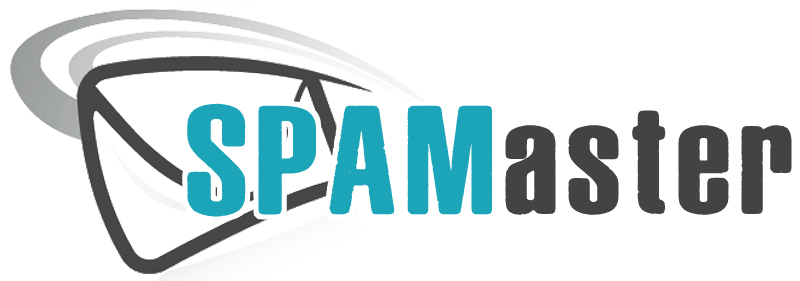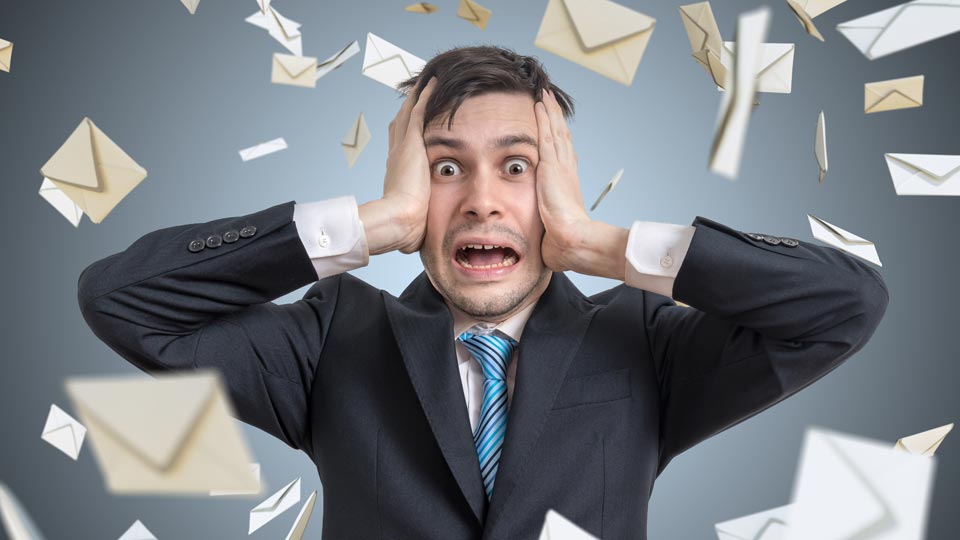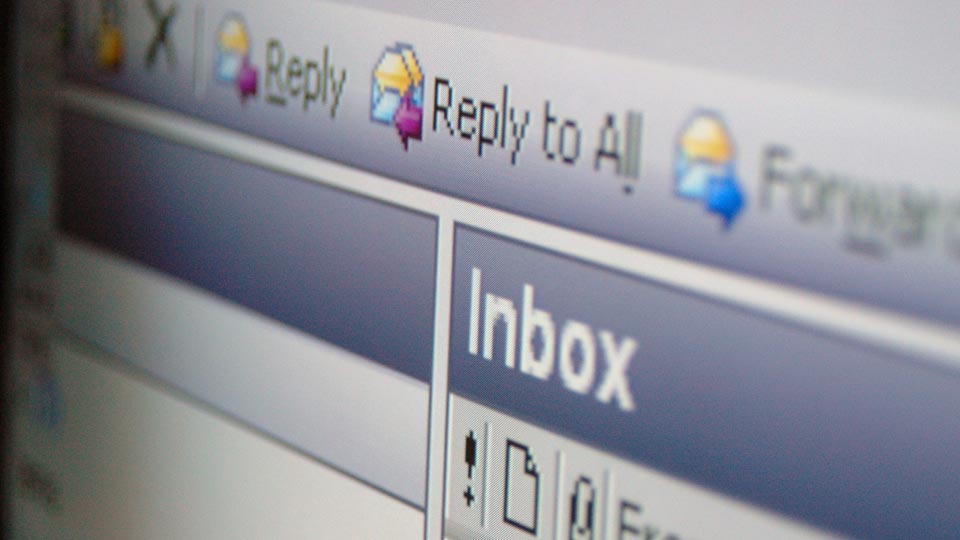Yahoo Mail Spam Filter Not Working
Yahoo Mail users are experiencing a dramatic surge in spam filter failures throughout recent times, with problems intensifying rather than improving. Research reveals that legitimate emails routinely disappear into spam folders while obvious junk floods inboxes, creating what users describe as an "out of control" situation that's driving mass migration to competing email services.
The crisis reached a critical point in December 2024 when Yahoo implemented system changes that broke existing filter workarounds, preventing rules from moving messages already caught by the spam filter. This regression eliminated user-created solutions that previously helped manage the failing system. By June 2025, users reported a fresh spike in problems, with one noting: "Yahoo spam filtering worked okay for me up until a week or so ago" - a pattern confirmed across multiple support forums where users consistently report Yahoo's performance as the worst among major email providers.
The scope of the problem is staggering: users report receiving 25+ spam emails daily despite using all 500 available filter rules, while critical business emails - including banking notifications and meeting invitations - vanish into spam folders. One user summarized the consensus view: "Gmail is MUCH more effective filtering spam."
Technical Failures Compound User Frustration
The technical architecture behind Yahoo's spam filtering reveals fundamental flaws that explain the widespread failures. The most significant issue involves IMAP protocol inconsistencies - Yahoo's web interface displays the spam folder as "Spam" while the IMAP protocol exposes it as "Bulk Mail," causing third-party email clients like Thunderbird and Outlook to fail at proper synchronization. Users encounter cryptic error messages stating folders "could not be found" and filters become disabled without warning.
Authentication problems create another layer of dysfunction. Yahoo enforces stricter DMARC alignment requirements than competitors, causing legitimate emails to fail authentication checks even when SPF and DKIM pass individually. The system generates multiple SMTP error codes (553, 554) that block legitimate senders, while DNS lookup limitations and certificate validation errors prevent proper email verification. These technical failures manifest differently across platforms - mobile apps lack spam configuration options entirely, while desktop clients miss spam folders through POP3 connections.
The December 2024 backend changes represent a particularly damaging regression. Yahoo modified its filter processing order, ensuring spam filters now execute before user-created rules, making it impossible for users to override incorrect spam classifications. This change broke established workflows for applications like SpamSieve and eliminated the primary workaround users had developed to manage the failing system.
Manual Training Offers Limited Relief
Despite the systemic problems, certain solutions provide measurable improvement for persistent users. The most effective approach involves daily manual spam training - consistently marking spam in the inbox and legitimate emails in the spam folder. Users who maintain this routine for 2-3 weeks report spam reductions of approximately 85%, though this requires 10-15 minutes of daily maintenance that competing services don't demand.
Creating custom filters provides targeted relief for specific spam types. Users should access Settings → More Settings → Filters and create rules that move messages directly to Trash rather than the spam folder. Avoiding filter conflicts proves critical - spam filters must be ordered at the bottom of the filter list, and users should delete contradictory rules that interfere with spam detection. One overlooked but immediate fix involves emptying the spam folder weekly, as full folders prevent new filtering entirely.
Third-party solutions offer the most comprehensive protection. Clean Email's Screener emerges as the top recommendation, quarantining emails from unknown senders for manual review while working seamlessly with Yahoo via IMAP. MailWasher provides preview-based filtering that catches spam before it reaches the inbox, while Mac users find excellent results with SpamSieve's Bayesian filtering. These tools typically achieve 90% effectiveness compared to Yahoo's native 70-80% success rate.
Yahoo Trails Competitors Despite 2024 Updates
Yahoo implemented significant updates in February 2024, joining Gmail in enforcing stricter authentication requirements for bulk senders. These changes required mandatory SPF, DKIM, and DMARC authentication for anyone sending 5,000+ emails daily, along with one-click unsubscribe functionality and a 0.3% spam complaint threshold. Yahoo reported 70% increased authentication adoption following implementation, yet user experiences show minimal improvement in actual spam filtering effectiveness.
Comparative analysis reveals Yahoo's persistent gap behind competitors. Industry benchmarks show Gmail achieving 99-99.9% spam detection with less than 1% false positives, while Yahoo manages only 98-99.5% detection with 1-3% false positive rates. Outlook performs worse at 95-98% detection, making it the only major provider Yahoo consistently outperforms. The difference becomes stark in user testimonials: "Outlook.com, Apple, and Gmail have better spam filters as of 2024," notes one user, while another reports Gmail catching spam that "Yahoo should be blocking and doesn't."
Yahoo's domain-based filtering approach differs fundamentally from Gmail's IP-based system, creating unique advantages but also limitations. While domain reputation provides more granular sender assessment, it responds slower to emerging spam campaigns and struggles with international language detection. The company's AI implementation lags behind Gmail's sophisticated pattern recognition, particularly in detecting advanced phishing attempts that slip through Yahoo's content analysis.
Migration Emerges as the Ultimate Solution
The severity of Yahoo's spam crisis has triggered widespread user migration to alternative services. Gmail leads as the destination of choice, offering superior spam detection with easy import tools and maintaining a free tier that outperforms Yahoo's paid service. ProtonMail attracts privacy-conscious users with Swiss data protection and end-to-end encryption alongside competent spam filtering. FastMail, though requiring a modest subscription, provides professional-grade filtering that users describe as "worth every penny" compared to Yahoo's dysfunction.
The migration strategy has become standardized across user forums: establish a new email account, import contacts and critical messages, set temporary forwarding from Yahoo, then systematically update accounts with the new address. Many users maintain Yahoo as a "spam sink" for online shopping and newsletters while conducting important correspondence through reliable alternatives. Notably, Yahoo Mail Plus ($5/month) offers no meaningful spam filtering improvements, making migration more attractive than upgrading.
For users choosing to persist with Yahoo, combining multiple defensive strategies proves essential. Implement manual training immediately while installing Clean Email or MailWasher for additional protection. Create targeted filters for persistent spam types, maintain trusted contact lists, and consider using Thunderbird with spam extensions for desktop access. However, when important emails consistently land in spam or daily spam management exceeds 10 minutes, migration becomes the only rational choice.
Conclusion
Yahoo Mail's spam filtering crisis represents a fundamental system failure rather than temporary technical difficulties. The December 2024 regression that broke user workarounds, combined with persistent IMAP synchronization problems and authentication failures, creates an environment where basic email functionality cannot be guaranteed. While manual training and third-party tools provide partial relief, the 2-3 week training period and daily maintenance requirements impose an unreasonable burden compared to Gmail's automated effectiveness.
The technical evidence and user testimony converge on a clear conclusion: Yahoo Mail's spam filtering performs significantly worse than major competitors and shows no signs of meaningful improvement. For users whose email reliability affects professional or financial matters, immediate migration to Gmail or alternative services offers the only dependable solution. Those remaining with Yahoo must accept that effective spam management now requires constant vigilance, multiple third-party tools, and the ongoing risk of missing critical communications - a compromise that grows increasingly untenable as superior alternatives remain freely available.
SPAMaster: The Solution When Yahoo Fails
While Yahoo's filter crumbles, SPAMaster provides reliable protection that actually works:
Consistent Performance: Same filtering rules across all devices and platforms Real-Time Processing: No 4-12 hour delays—spam caught instantly True Learning: Your training actually improves accuracy, not resets randomly Reliable Whitelisting: Contacts always reach inbox, guaranteed No Arbitrary Limits: Unlimited filters, unlimited blocked addresses Complete Visibility: See exactly why emails were filtered
SPAMaster succeeds because it's built correctly from the ground up, not held together with 20 years of patches like Yahoo's system. When Yahoo's filter fails—and it will—SPAMaster continues protecting your inbox with 99.7% accuracy.
Stop fighting Yahoo's broken filter. Download SPAMaster's free trial and experience email protection that actually works, consistently, reliably, every single time.
Download Your FREE 30-Day Trial!
Become Your Own Spam Master. Try It Now.
Contact
Connect with me if you would like to participate in the closed beta test of SPAMaster.
Erik Brown
Owner


